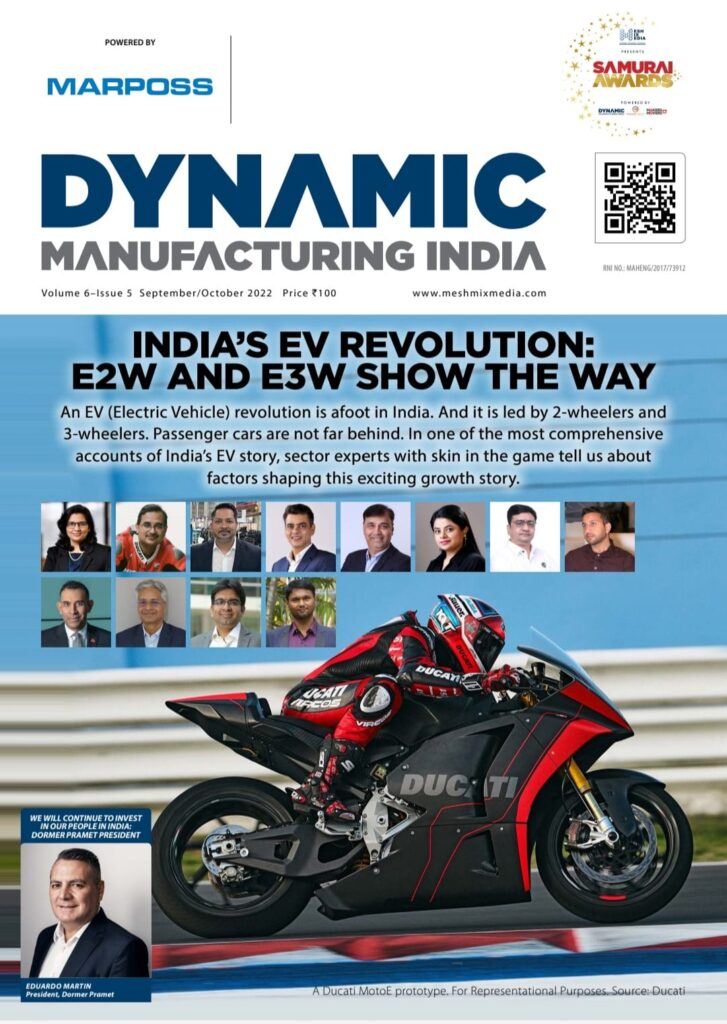EVs are good and green, but carmakers and innovators must address the various concerns surrounding their systems, particularly the safety concerns
Nikola Tesla, a physicist born in Austria-Hungary who later immigrated to the United States, discovered the alternating current in the late nineteenth century. He is credited with generating, transmitting and consuming electricity over long distances, as it was not possible with direct current. Induction motor was a major part of his invention, which led to the comprehensive use of electricity in the manufacturing and industrial sectors.
About a hundred years ago, Benjamin Franklin came up with the idea that lightning in the sky is caused by an electric charge. In 1879, Thomas Edison invented the first incandescent light bulb in his laboratory. The contribution of these three scientists in this field is commendable. The electrical energy we use today is a secondary source, produced from primary sources such as coal, natural gas, solar, wind and nuclear energy. It was during this period, around 1890, that the use of vehicles running on crude oils instead of steam-powered began in England. Even though the same secondary energy was being used in vehicles in other systems, it took us about one and a half hundred years to realize that the speed of vehicles could be obtained from it.
The main reasons for this are depletion of oil reserves, rapidly growing population, increasing air and noise pollution due to vehicles, use of obsolete old vehicles and increased international travel after globalization. In India, the discussion of electric vehicles has been going on for the last two decades, but real progress can be seen over last four to five years only. The United Nations Sustainable Development Goals No. 7 – Clean Energy and No. 13 – Climate Change was also global pressure. Due to rising petrol-diesel prices, the market has also started responding towards electrical segment. With the growing demand for electric vehicles, all the automotive manufacturers want to encash this opportunity, as it emerged as entire new product segment.
Consumers are now getting attracted to the benefits of electric vehicles, over conventional engines. But there is also matter of concern also, seen the incidence of fires with electric vehicles on the roads. There are some questions about the safety of electric vehicles in common consumers. The most important factor when switching from a petrol or diesel engine to an electric vehicle is the battery management system because the battery is the most important component. The battery management system plans and manages the entire battery set and ensure the safety of the battery system. Its electronic circuits have complete control over the charging and discharging of the electrical components. Provides up-to-date information on the working characteristics of battery such as type, temperature, capacity, charge status, power consumption and charge cycle. The management system controls power and voltage, manages heat, ensures electrical safety, detects faults in advance, optimizes power efficiency, balances the charging of all units, and controls noise.
These functions apply to the entire battery pack or even to a single battery. The most important of all these functions is the management of power safety and capacity building. Safety falls into two parts: electrical protection and thermal protection, which can be combined into functional safety. Consumers expect that the life of the battery must be extended with safety and also with stable efficiency. Uniform charging of all the batteries or same discharging, is what expected from an ideal battery management system.
Battery management systems available in the market are currently dependent on the manufacturers, with a difference in the efficiency. Considering the complexity of the system and its variety of functions, there is need for standardisation of the system, urgently needed. The government and the industrial establishments need to work together. Lithium ion battery are currently the most widely used, as lithium ions are more efficient at recharging than any other. Lithium is a very light metal and has a high electrochemical potential, so it has a maximum energy density per unit of volume and per unit of weight. The current challenges are to increase the safety of the battery, reduce the cost, find new metals for the battery, increase the capacity and reduce the charging time.
The vehicles caught fire due to non-compliance with the standard procedure given to the battery. But if similar incidents occur with vehicles parked in the parking lot of a residential building, the consequences can be dire. Therefore, the customer should follow all the instructions, do not keep the vehicle in the sun, charge the battery as per the given standard, keep the vehicle in continuous use and do not exceed any limit of use. But the rate of such fires is negligible, so there is no reason to worry. Since success from failure is the key to engineering, it is certain that an effective power management system will soon be in use.
Written by Prof. Dr. Ganesh Kakandikar, Professor and Head of School, Mechanical Engineering, Dr. Vishwanath Karad MIT World Peace University, Pune
Article featured in Dynamic Manufacturing India Sep-Oct 2022 edition.

Read Now – https://www.machineinsider.com/indias-ev-revolution-e2w-and-e3w-show-the-way/


